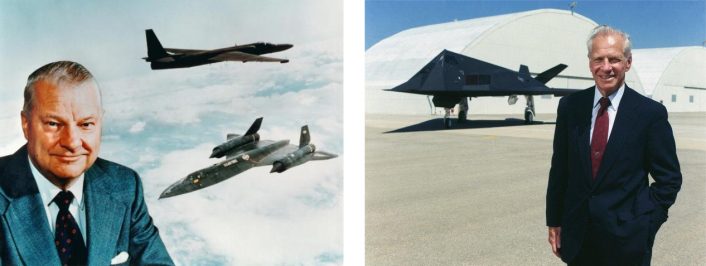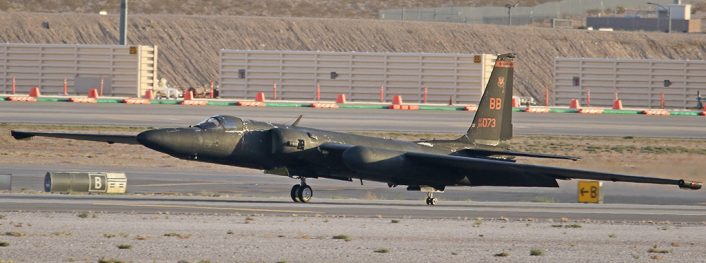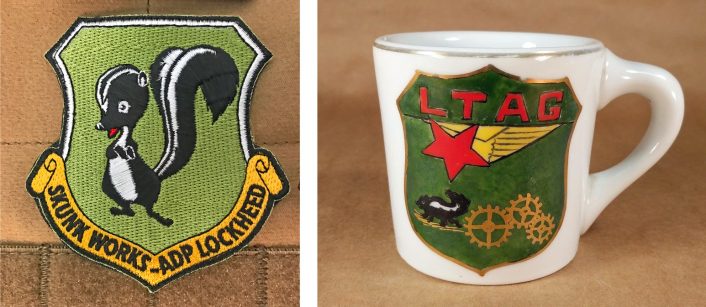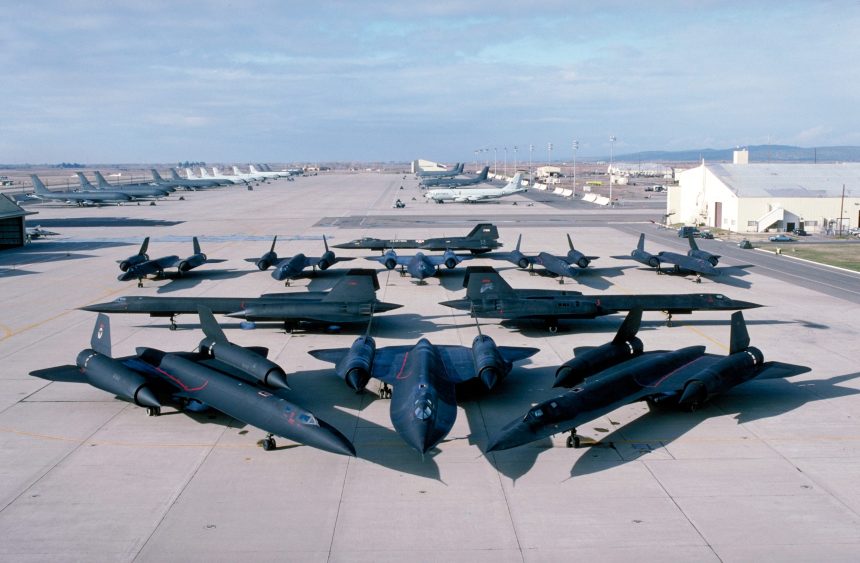Lockheed Advanced Development Program Subverted Normal Channels On The Way to Innovation.
The Lockheed P-80 Shooting Star, the F-104 Starfighter, the U-2 spy plane, the SR-71 Blackbird and the D-21 supersonic drone, the F-117 Stealth Jet, the still secretive SR-72. No one outside of its very opaque walls knows how many projects the secretive Lockheed “Skunk Works” have developed, and how many flops they’ve had. But everyone in defense and aerospace knows the Lockheed Skunk Works broke barriers in innovation and defense acquisition that changed the world and toppled superpowers. It likely continues to do so today, behind a thick veil of secrecy.
Founded in the mid 1940s at the height of WWII when defense acquisitions needed to be fast-tracked to remain ahead of Axis adversaries, especially Germany and their secret weapons program headquartered at Peenemunde, Lockheed’s Skunk Works was tasked with developing ground-breaking aerospace technology and weapons systems.
The Skunk Works’ initial projects vaulted the U.S. into the jet age with the first operational, production jet fighter, the Lockheed P-80 Shooting Star, first flown on January 8, 1944, too late to effectively influence WWII. Following the P-80 and WWII the U.S. defense industry entered an unprecedented period of innovation and breakthroughs as the Cold War with Russia escalated and China emerged as a growing part of the “Red Menace”.
The Skunk Works’ original founder of record is Kelly Johnson. Johnson, the round-faced, blunt-speaking character who seemed to have aerodynamic engineering in his genetic make-up, went on to make aviation history in more ways than can be able to accurately (and publicly) tabulated. Perhaps more so than the engineers of the early NASA space programs, Kelly Johnson made being an engineer cool. Johnson was awarded an unprecedented two Collier Trophies, an annual award presented by the U.S. National Aeronautic Association for the person who made the most significant contribution to aerospace. He was also awarded the Presidential Medal of Freedom.
Successor to the Skunk Works throne, colleague and later President Ben Rich, said in his book, “Skunk Works” that Kelly Johnson was, “The toughest boss west of the Mississippi, or east of it too, suffered fools for less than seven seconds, and accumulated as many detractors as admirers at the Pentagon and among Air Force commanders.”

While the Skunk Works is most famous for the “black projects” that went on to become famous technology breakthroughs like the U-2 spy plane, SR-71 Blackbird and the F-117 stealth fighter, what may have been the single largest innovation with the Skunk Works was their ability to, in some cases, subvert the normal convoluted and lethargic acquisition projects the Department of Defense is infamous for.
The Skunk Works developed the F-117 Nighthawk stealth fighter in complete secrecy for less money and in less time than it took Ford Motor Company to develop its Ford Taurus line of cars. Observers in the former Soviet Union and in the U.S. defense and intelligence community maintain the F-117 and the breakthrough in “stealth”, or low radar observability, was a significant factor in the demise of the Soviet Union since their massive defensive dependence on an integrated air defense system had been rendered largely ineffective by stealth.

Today the Skunk Works continues as a more recognized, less shadowy organization in brand identity but not in projects. Those remain highly classified.
While no one in the public domain knows what the Skunk Works is working on now, the one thing that is certain is they are working on something. A host of projects has been discussed by the U.S. Air Force and Lockheed that include hypersonic remotely piloted and manned strike and reconnaissance platforms.

In 2017 Aviation Week magazine wrote that, “One such technology demonstrator, believed to be an unmanned subscale aircraft, was observed flying into the U.S. Air Force’s Plant 42 at Palmdale, where Skunk Works is headquartered. The vehicle, which was noted landing in the early hours at an unspecified date in late July, was seen with two T-38 escorts. Lockheed Martin declined to comment directly on the sighting.”
In a rare and stunning reveal in late 2017 at the Society of Aerospace Engineers Exhibition, Lockheed’s Executive Vice President of Aeronautics, Orlando Carvalho, told media about a new “SR-72 program”: “Although I can’t go into specifics, let us just say the Skunk Works team in Palmdale, California, is doubling down on our commitment to speed.” Carvalho told Aviation Week, “Hypersonics is like stealth. It is a disruptive technology and will enable various platforms to operate at two to three times the speed of the Blackbird… Security classification guidance will only allow us to say the speed is greater than Mach 5.”
Based on their remarkable 75-year history two things we do know about the Skunk Works’ current projects are; they are certainly working on something, and, it will defy our imaginations.










